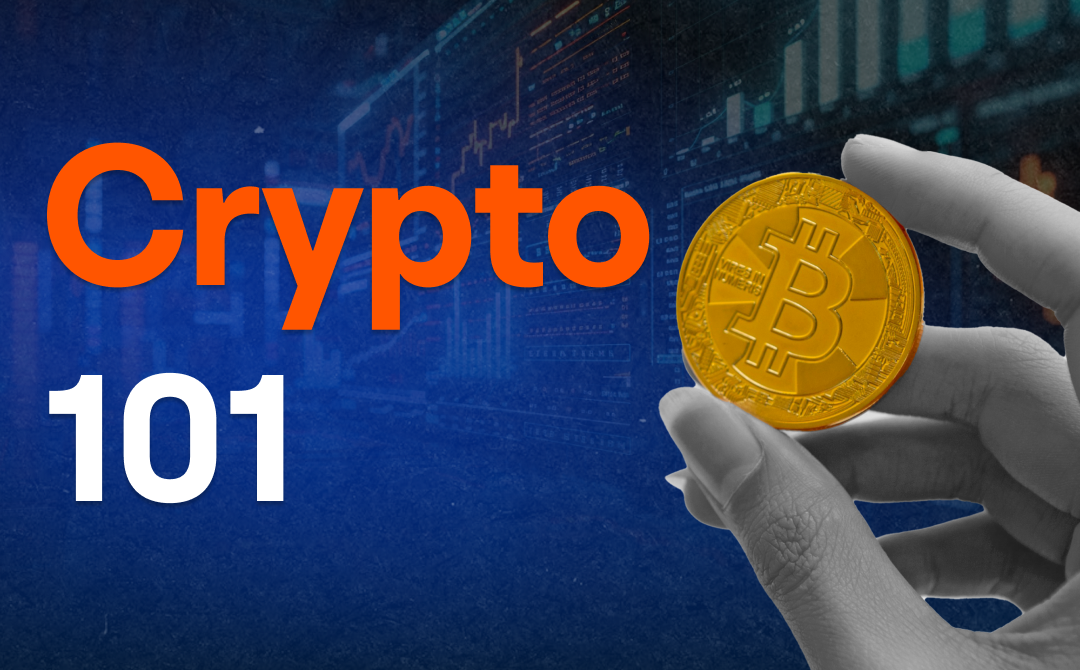1. Further expand sales to achieve the goal of cost reduction through scale, which is one of the keys for NIO to achieve profitability in the fourth quarter of this year; 2. This year is a big year for NIO's products, with 9 new models to be delivered, and the sales target remains to double; 3. In terms of cost control, NIO will implement a series of measures of 'save where possible, spend where necessary.'
According to the Financial Association on March 24 (Reporter Xu Hao), 'NIO has been established for ten years, entering the 11th year in this fourth quarter; it cannot afford to lose money for an extended period like Amazon and Tesla.' The temperature in early spring Peking is soaring, but NIO's chairman Li Bin, sitting in the meeting room of NIO Beijing AD (intelligent driving) company, cannot feel as bright as the weather outside—how to achieve profitability for NIO, which is nearing its 11th anniversary, is a concern not only for the company internally but also for investors, analysts, and consumers alike.
Just a few days ago, NIO released its Earnings Reports for the fourth quarter of 2024 and the whole year. Although the overall gross margin improved by 4.4 percentage points to 9.9%, its annual net loss still reached 22.4 billion yuan, an increase of 8.1%. Continuous losses have kept NIO under pressure in the Capital Markets—since the high point at the end of September last year, NIO's stock price has been fluctuating in the 'low' range of four to five dollars for nearly half a year.
 'Li Bin's responses during the fourth quarter Earnings Reports meeting lacked substantial content, I determine that NIO will not be profitable this year.' A dissatisfied investor commented after listening to the NIO Earnings Reports meeting.
'Li Bin's responses during the fourth quarter Earnings Reports meeting lacked substantial content, I determine that NIO will not be profitable this year.' A dissatisfied investor commented after listening to the NIO Earnings Reports meeting.
It is not just the Capital Markets that have lost confidence. Terminal data shows that in the first two months of this year, the average monthly delivery of NIO cars (including the ideology brand) was only 0.0135 million units, which not only lagged far behind Li Auto and Xpeng but was even less than Xiaomi, which has been in the Auto field for less than a year.
'The primary task for the company this year (the core task) is to achieve profitability in the fourth quarter.' Li Bin, sitting inside NIO Beijing AD (intelligent driving) company, repeatedly emphasized one point—if there is only one thing or one goal NIO needs to do this year, it is to achieve profitability in the fourth quarter. 'For a company to be profitable, it is simply sales multiplied by gross margin minus expenses, this formula is very simple. Sales need to increase, while gross margin and expenses must be controlled at a reasonable level.'
Compared to Li Auto, which has achieved profitability for nine consecutive quarters, and Xpeng, whose losses are significantly narrowed and gross margin markedly increased in 2024, NIO's annual delivery performance of 0.22 million units is far below Li Auto's 0.5 million units, but higher than Xpeng's 0.19 million units. However, due to the lack of blockbuster products that bring overall cost reduction and increased related sales expenses, NIO's vehicle profitability lags behind its competitors.
Further expanding sales to achieve the goal of cost reduction through scale has become one of the keys for NIO to achieve profitability in the fourth quarter of this year.
"This year is a big year for NIO's products, with the delivery of 9 new vehicles and a sales target set to double." Li Bin elaborated on NIO's product plan for this year: the ET9 will officially be delivered on March 28; the 2025 NIO "5566" model will be launched in the second quarter; in the fourth quarter, the NIO brand will also introduce a heavyweight model. For the Lido brand, the Lido L90 will be unveiled at the Shanghai Auto Show, and the L80 is expected to be delivered in the fourth quarter. The third brand, Firefly, will begin deliveries at the end of April, with an 8-month product cycle this year. "We will learn from past lessons and accumulate inventory to a certain extent before the product launch."
In addition to hoping to expand sales by enriching its product lineup, enhancing product intelligence is also key to strengthening product capability and driving sales. "NIO's chip R&D costs could build 1,500 battery swap stations, and the operating system R&D costs could build over 1,000 battery swap stations," Li Bin revealed. In terms of intelligence, the chips and operating systems on the ET9 are all independently developed by NIO, "NIO is also developing end-to-end intelligent driving technology based on world models and plans to release a new version of the technology at the end of April or early May."
The construction of the energy supplement network is also a factor in boosting sales. According to Li Bin, this year is a big year for NIO's battery swap station construction, with 14 provincial administrative regions expected to achieve county-level coverage in the first half of the year, and by the end of the year, this goal will expand to 27 provincial administrative regions.
"The sales in the Jiangsu, Zhejiang, and Shanghai regions account for 50% of NIO's total sales, while the number of battery swap stations accounts for one-third of NIO's operations, so the contribution of battery swap stations to sales is enormous." Li Bin believes that the popularization of battery swap stations will effectively boost sales; the strategic cooperation with Contemporary Amperex Technology not only reduces NIO's capital investment but also further promotes the popularization and development of battery swap technology.
In terms of cost control, NIO will implement a series of measures that prioritize savings and necessary expenditures. Li Bin stated that the Cost Mining project begun last year draws on the cost control experience of Luxshare Precision Industry, achieving an increase in gross margin through meticulous supply chain and financial management. "This year, NIO will continue to deepen this mechanism and establish a '1 million times cost thinking' to comprehensively strengthen cost control from awareness, processes, to management standards."
Moreover, reducing costs of technological R&D is also an important direction. For instance, in chip R&D, "the 9031 chip implementation on vehicles has reduced costs by at least 0.01 million yuan compared to the second-generation vehicles, and self-developed operating systems have decreased patent expense." Li Bin emphasized that achieving a 20% gross margin for vehicles is an attainable goal, "Last year we reached 14%, and after-sales service gross margin has turned positive, along with high gross margins for the ET9 models, returning to 2021 levels is not a fantasy."
In terms of reducing expenses, NIO is currently implementing basic operational unit (CBU) management measures to enhance overall operational awareness. For example, the calculation of sales consultants' bonuses is not only linked to sales performance but also needs to consider costs. Meanwhile, NIO has eliminated the departmental budget system and changed to an operational system, focusing on ROI, conducting strict cost-benefit analysis for every project and activity.
The reduction of expenses is based on organizational changes. Li Bin openly stated that NIO's organizational transformation began in the second half of 2023 and fully mobilized employees on January 1 of last year. "The layoffs in November 2023 serve as a pilot, and many internal changes have already taken place. An employee letter was sent out on January 1, 2024, to initiate preliminary trials, with CBU being a starting point, and departments like road service colleagues and industrial digital system colleagues are all pioneering, after which comprehensive implementation commenced this year. This aims to lay a foundation for profitability in the fourth quarter of this year."
In the overall plan, the management of NIO hopes to achieve a 5% reduction in costs through scaled sales volume, with the goals for R&D and management cost reductions set at 5-7.5% and 2.5-5% respectively. If this goal is achieved, NIO will realize a maximum cost reduction of 17.5% this year.
"Generally speaking, a cost reduction of 10% to 15% is a reasonable target. However, a 10% to 15% reduction may not necessarily all be reflected in the gross margin. There is also market competition which requires giving some benefits to users," explained Li Bin. "Cost reduction is one aspect, along with market competition. Ultimately, a gross margin of 20% or above is aimed for, and we expect to manage between 15% to 17%. This is an achievable goal."
"Starting from the second quarter of this year, improvements can be seen in the reports; the third quarter will continue to deepen cost control. We are confident in achieving the profit goal for the fourth quarter," Li Bin reiterated this timeline.


 “李斌(在四季度财报会上)问题回复缺少实质内容,我判断蔚来今年不会盈利。”有投资者在听完蔚来财报会后愤然留言。
“李斌(在四季度财报会上)问题回复缺少实质内容,我判断蔚来今年不会盈利。”有投资者在听完蔚来财报会后愤然留言。






Comment(0)
Reason For Report